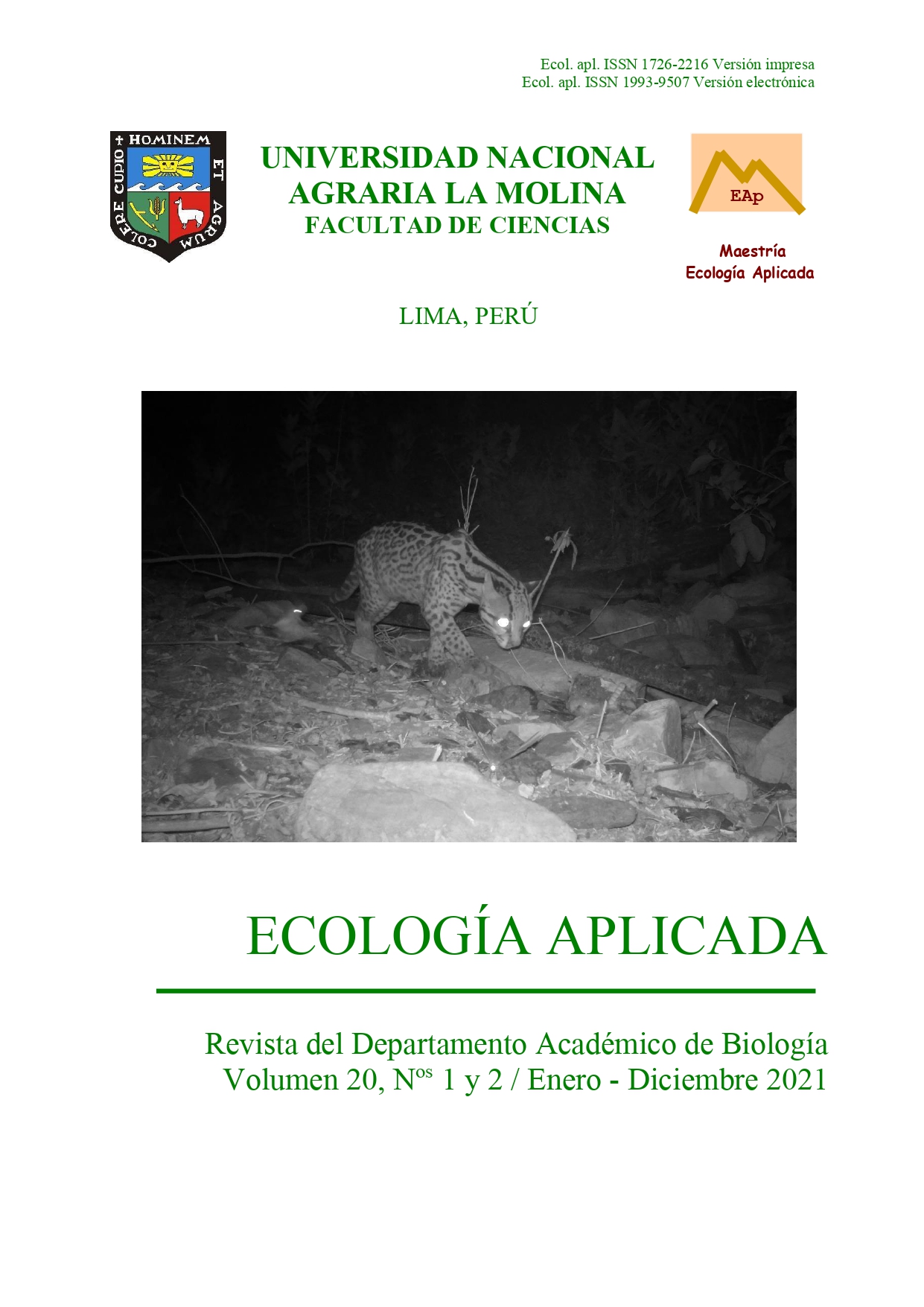CONTRIBUTION OF HIGH-ANDEAN ECOSYSTEMS IN PROVIDING THE WATER REGULATION ECOSYSTEM SERVICE
DOI:
https://doi.org/10.21704/rea.v20i2.1804Abstract
The ecosystem service of water regulation is one of the most important offered by the high[1]Andean ecosystems. However, knowledge about its contribution in hydrological terms is still scarce and its estimation is difficult, due to the complex eco-hydrological and climatic processes, and environmental characteristics of the Andes. Therefore, the influence of three types of ecosystems (humid puna grassland, tropical high-Andean wetland (bofedal) and Polylepis forest) was estimated on water flows, particularly flows that reach underground storage, which is equivalent to the ecosystem service of water regulation. This study was developed during the hydrological year 2018 - 2019 in the Rontoccocha hydrographic unit, between 3 900 and 4 635 masl, in the Apurimac Region, Peru. For this, the water balance for each type of ecosystem was modeled with the Hydrobal eco-hydrological tool. Variables of: a) vegetation, b) climatic parameters, and c) soil characteristics were used. The results reveal the contribution of the vegetation cover in the hydric regulation. In each ecosystem, about 15% of all the rainfall that falls in the basin reaches underground storage. These data, extrapolated to the entire hydrographic unit, show that the humid puna grassland regulates 80%, the tropical high-Andean wetland 17%, and the Polylepis forest 3%. Although the evaluation was carried out separately for each ecosystem, for management purposes, it is necessary to address them in an integrative way since interdependence relationships are established between them.
Downloads
Downloads
Published
Issue
Section
License
Copyright (c) 2022 Ronal Cervantes, José Miguel Sánchez, Julio Alegre, Eric Rendón, Jan R. Baiker, Bruno Locatelli, Vivien Bonnesoeur

This work is licensed under a Creative Commons Attribution-NonCommercial 4.0 International License.



